Living in neo-Fordist age: Specialised ad agencies define dynamics of the sector
Era of full-service ad agencies over, as margins continue to squeeze day by day.
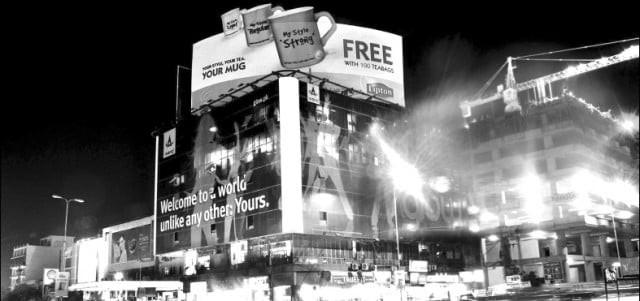
While the rapid expansion of Pakistan’s advertising industry at an annualised rate of 23% during the past decade created a number of new jobs, it seems to have restructured itself along leaner, smarter and specialised lines over the same period, with most full-service advertising agencies gradually going out of business.
According to Syed Mahmood Hashmi, CEO of Orient Advertising, one of the oldest and largest companies in the advertising business in Pakistan, about 35 ad agencies had permanently closed down in the country during the last three years alone. Those remaining are facing dwindling profit margins, he says.
“The era of full-service ad agencies is over. Now you have separate entities that deal with creative, event management, PR, digital and media buying aspects of a campaign,” Hashmi said while speaking to The Express Tribune. “Full-service ad agencies will usually work at a flat margin of 15%. But that is not the case anymore, as margins are getting smaller by the day.”
According to Aurora, an advertising industry magazine, Orient Advertising topped the list of 10 advertising companies that generated the highest business for print publications during 2010-11, the latest year for which data is available. Orient Advertising also took the top spot in television rankings for the same year.
Cross-media comparison
The cross-media comparison for 2011-12 carried out by Orient Advertising reveals that TV comes at the top with 73% of the people polled spending their time watching TV, as opposed to newspapers (18%), radio (7%) and the internet (3%).
According to Orient Advertising’s research, 64.4% of Pakistanis do not read newspapers. About 14.6% read a newspaper every day while 8.3% people read it less than a day per week. Interestingly, the religious section is most popular among women readers of newspapers (39%) while they take little interest in business pages (7%).
Telecoms rule
Hashmi said cellular companies have literally wiped off the rest of advertisers from the electronic media by their heavy ad spends. He says that up to 40% of the total ad spend belongs to the cellular companies alone.
Hashmi’s claim is somewhat corroborated by Gallup Pakistan, which says that the share of mobile communications in the overall TV ad spend in 2010-11 was 28%. Given the intense competition and unending price wars in the telecom sector, it is fairly likely that their ad spends jumped by several points in the last couple of years.
“There used to be advertising wars between Pepsi and Coke in Pakistan. You hardly see that anymore. As TV advertising is increasingly getting telecoms-dominated, soda companies have shifted their focus to other mediums of advertising,” Hashmi says.
According to Gallup Pakistan, the share of carbonated soft drinks remained stagnant at 5% in fiscal years 2010-11 and 2009-10. Soda companies that used to be the biggest advertisers in Pakistan now have ad spends that are smaller than those of shampoos, detergents and – in the case of entertainment channels – milk and dairy products.
Bad ads
Hashmi acknowledged that most commercials being made in Pakistan these days are mediocre. They are forgettable and fail to leave a long-term impression on viewers, he says. “While a typical Pakistani ad is made for the Dolmen Mall-going person, the product’s actual customer is based out of Chakiwara (a lower-class neighbourhood in Karachi).”
With some of the most memorable ads in Pakistan’s history under its belt – such as those of Dentonic and Metro Milan Agarbatti – the Orient Advertising CEO said the decline in the quality of advertisements was because they had ceased to be customer-based. “Advertising in Pakistan is conceived and executed in English for the 3% elite of the country,” he says.
“What ad-makers forget is that half of the housing units in DHA are lying empty. The real purchasing power exists in areas like North Nazimabad, where the first McDonald’s outlet was opened.”
Published in The Express Tribune, September 30th, 2012.


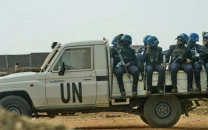
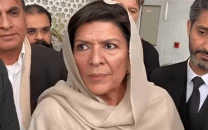
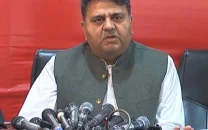
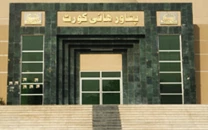













COMMENTS
Comments are moderated and generally will be posted if they are on-topic and not abusive.
For more information, please see our Comments FAQ